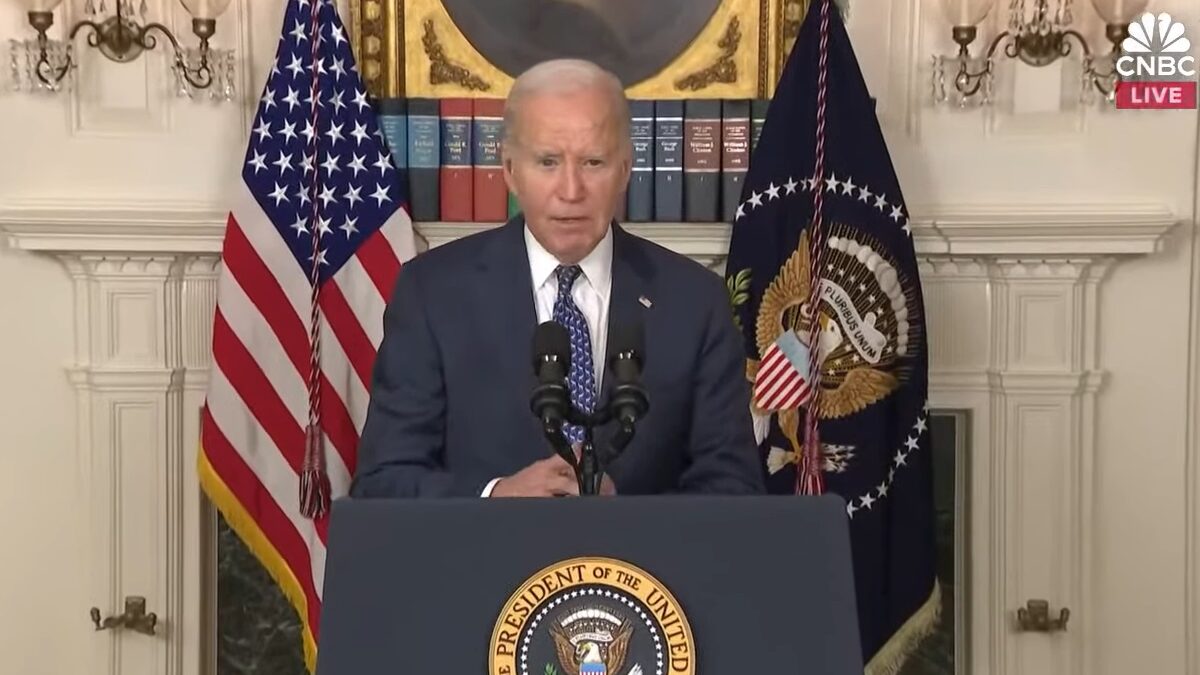
By now, any American with an active Facebook account has been treated to the spectacle of countless friends dousing themselves with ice water. The Ice Bucket Challenge for ALS (also known as Lou Gehrig’s disease) has been as successful a viral campaign as any I’ve ever witnessed, harnessing that quintessentially American combination of silliness and good-hearted activism. It’s the dunking booth at the county fair, writ large and updated for the Internet age. And it’s working: money has been pouring into ALS-related charities. In the process, most of us have learned a bit more about this truly terrible illness, which impacts (and kills) thousands of Americans.
As the president of a small 501(c)(3) charity myself, I’ve watched the Ice Bucket Challenge unfold with interest—and a touch of “gosh, I’ve been doing it wrong.” Lest you scoff at the notion that silly videos could ever achieve anything, let me assure you that awareness-raising and donor-recruiting, as well as actual giving, are all excellent ways to help a charity. Those homemade, zero-cost videos turned people who had never heard of ALS into donors and activists within a single day. Not too shabby.
So I found a lot to appreciate about the Ice Bucket Challenge. Who wouldn’t enjoy seeing the likes of Bill Gates, George W. Bush, and your old childhood friend from across the street getting soaked with freezing water for a good cause? If nothing else, isn’t it refreshing to see Americans spurring each other on toward private generosity instead of agitating for public handouts?
Cue the Curmudgeons and Naysayers
All that said, there were a few aspects of the water-dumping craze that didn’t sit well with me. I don’t appreciate feeling rushed into decisions (“Call in the next ten minutes! This weekend only! You have 24 hours!”), nor do I like it when a good-natured challenge crosses that fine line and becomes middle-school-style peer pressure (“Dump or donate! I DOUBLE dare you!”).
As the challenge progressed, though, there were even more substantial objections raised. The preeminent ALS charity has supported embryonic stem cell research, using stem cells harvested from elective abortion. Research money is focused exclusively on pharmaceutical treatments, at the expense of prevention and natural therapies. Animal rights activists, not to be outdone, objected to ALS research being performed on animals. Others objected to the ice bucket itself: injury hazards! Water being wasted during the California drought!
Nearly all of these objections underscored one fact: the challenge moved too quickly for most people to really understand what their activism was achieving. For most people, the Ice Bucket Challenge was a classic case of spontaneous charity: warm-hearted, well-meant, instantaneous, and not entirely thought through.
By all means, if you’re so inclined, you should share in the fun and get wet in solidarity with ALS victims. But when it comes to charitable involvement, I hope you won’t stop there. Because while spontaneous charity is good for the soul, thoughtful charity is far more likely to effect lasting change.
Six Steps for Thoughtful Giving
I can probably best illustrate the difference between spontaneous and thoughtful charity with my own story. When I moved to Romania for a year, I learned that the problem of children begging in the street was more complicated than meets the eye. Many of the children were employed as part of a begging ring, returning their profits to a boss. Some had been abandoned by their birth parents and were living on their own; others were actually being exploited by those very parents. They lived an animal-like existence, and efforts to reach and rehabilitate street children were notoriously difficult.
Suddenly, the work I was doing on the weekends volunteering at a tiny home for abandoned children began to take on greater significance. If they had remained institutionalized, the babies I was holding, diapering, and feeding would likely have grown up to become ragged street kids, begging for lei in the marketplace. Instead, they were now destined for adoptive Romanian families and normal, happy childhoods. Clearly, this was the place to focus my energies.
But ignoring the street children still nagged at my conscience. So I began making it my practice never to leave my apartment without some extra food in my backpack. When I saw a street child, I would distribute a little food and a few loving words. That’s all: just a spontaneous gesture of kindness. It didn’t always go smoothly—once I touched off a near-riot when a group of street kids outnumbered the bananas I’d just bought at the piaţa. But most of the time, my giving was uneventful. It may have brightened a child’s day. It probably never changed anyone’s life. But that’s okay; I had my life-changing work at the baby home. What that spontaneous charity accomplished—those simple acts of giving without thinking about long-term impact—was primarily to protect my heart. It kept me from losing my compassion, and helped me remember the humanity of the needy ones.
So there is a place for spontaneity. But if you really want your giving and activism to make a long-term impact on people and communities (and I hope you do), I have a few suggestions.
1. Realize you can’t do it all. This is probably my biggest beef with the Ice Bucket Challenge: there seems to be an implication that everyone can, should, and must respond in some way for ALS. And if that’s the implication, I disagree. The number of worthy causes in the world is practically infinite. You, on the other hand, are finite. Nor can you become an activist for every cause. (Just try it and watch how quickly people start ignoring your Facebook videos.)
That said, the overwhelming number of worthy causes shouldn’t become your excuse to sit on the sidelines and do nothing. Conservatives, in particular, should be eager to offer non-government solutions for very real problems in their communities and beyond. (If we don’t, an opportunistic politician will.) My view of charitable giving is similar to a medic’s view of triage: I look for areas I see as both urgent and solvable, and that’s where I get involved.
2. Choose causes you understand and believe in. Did you just learn last week that there was such a disease as ALS? If so, you should probably do a little research before jumping in and challenging your friends to join you. (And maybe you did. In that case, kudos.) Learn what ALS patients really need: is it money supporting research for a cure? Research into prevention? Help with treatments to improve their lives? Support for their family members? All of the above?
Or maybe there’s something else you’re passionate about, an issue that hits close to home for you. Obviously, my experiences gave me a heart for abandoned kids in Romania. But if we’re talking about rare illnesses, I would far sooner choose a foundation focused on chronic Lyme disease, simply because I’ve witnessed about half my community being terribly affected by it. It’s okay to pick and choose those causes we understand and which resonate with us the most. In fact, I recommend it.
3. Find an organization that is working effectively and using money well. Not every charity working in your area of interest is necessarily worthy of your support. You should take the time to learn about an organization before you give, and certainly before you exhort others to give. What exactly is the group doing to relieve the problem? Do they have a track record of making a lasting impact? How much money goes to program versus overhead? I would ask all these questions before giving any donation over $25, and well before I encouraged my friends to get involved.
4. Make a noticeable donation. You don’t want your gift to be a small drop in a big bucket. If you give a $10 one-time donation to an ALS charity while millions are pouring in, your impact will be negligible. In fact, once your name is on the mailing list of a large charity, the organization is likely to spend your entire $10 (or more) in follow-up mailings and solicitations. If you only have $10 to give, you’d be much better off finding a family fighting ALS and buying them flowers or a few groceries.
I personally prefer giving to smaller, lesser-known organizations for this very reason. A local food pantry or crisis pregnancy center will appreciate my $100 gift far more than one of the huge charities. If you don’t care about getting a tax deduction, an individual—think single moms, or a friend fighting cancer—will notice and appreciate that gift even more. And when in doubt, it’s always more impactful to give $500 to one good organization than $50 to ten different groups.
5. If possible, support people you know personally. This is an easy way to get connected with a project and to know where your funds are going: find friends who are doing good work and get behind them. In our missions giving, my husband and I are honored to support three different friends from college, the pastor who helped perform our wedding (and now lives in Bolivia), and longtime friends who have hosted us in their tiny house in the Mexican mountains. Giving to the ministries of these personal friends is a total joy, as giving should be.
6. Make sure you’re doing something in your local community. Yes, I started a charity helping children across the ocean. But I firmly believe that a good portion of your giving should stay here. If you are a churchgoing type, it should start with regular giving to your local congregation, which in turn benefits the community. But there are many additional options: food pantries, crisis pregnancy centers, youth or women’s shelters, homeless ministries, soup kitchens. Find something good, something effective, something that gets you excited to play a part.
So if it helps my case, consider yourself challenged. Not for a passing Internet fad, but for a lifetime of open-hearted, thoughtful giving that betters your own soul and the lives of people around you. And don’t worry: I’ll give you more than 24 hours to get the details figured out.









